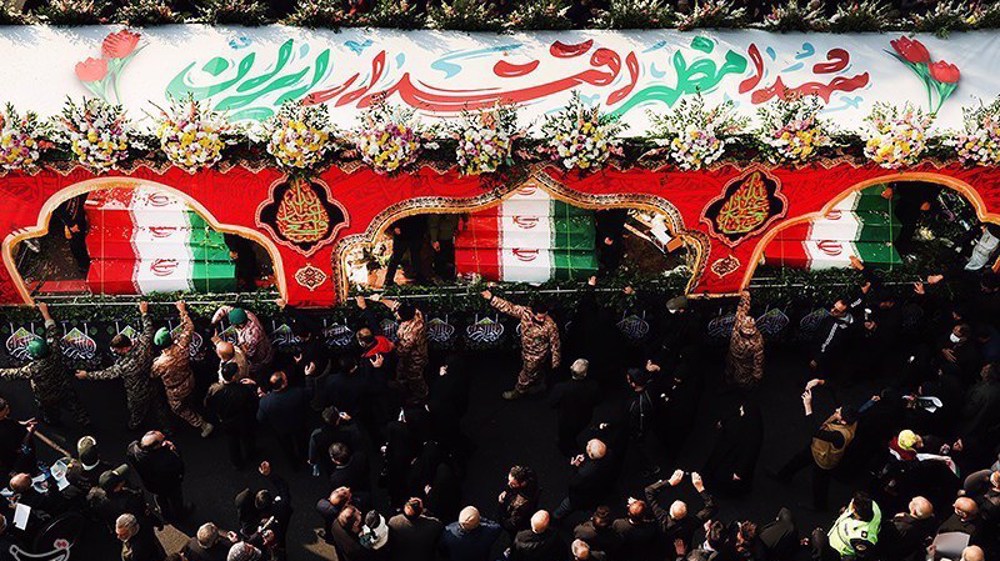Iran moves to save world’s last Asiatic cheetahs
Iranian environmentalists have mobilized to protect the world’s last Asiatic cheetahs, estimated to number just 50 and faced with the threats of becoming roadkill, a shortage of prey and farmers’ dogs.
“The last time our photo traps caught a cheetah here, it was two years ago. But we’re sure they are still in the region,” said Rajab Ali Kargar, deputy head of the National Protection Project for the Asiatic Cheetah.
His camp is just a stone’s throw from an old royal hunting pavilion in the Garmsar area of Semnan Province, around 120 kilometers (75 miles) south of Tehran, but these days the focus is on preservation rather than killing.
The world’s fastest land animal, capable of reaching speeds of 120 kilometers (74 miles) per hour, once stalked habitats from the eastern reaches of India to the Atlantic coast of Senegal.
Their numbers have stabilized in parts of southern Africa, but they have practically disappeared from northern Africa and Asia.
The subspecies “Acinonyx jubatus venaticus,” commonly known as the Asiatic cheetah, is critically endangered, according to the International Union for Conservation of Nature, mostly due to past hunting.
Iran launched its protection project in 2001 with the support of the United Nations “when we realized Iran was the last country to have any Asiatic cheetahs,” said Hooman Jokar, who heads the program.

It set up a network, now numbering 92 specially trained park wardens, who cover a total of six million hectares (14 million acres) in central and northern Iran.
“Every day, we cover hundreds of kilometers to track wild animals in the park,” said warden Reza Shah-Hosseini, as some 20 gazelles galloped past behind him.
There were 20 sightings of the cheetah in Semnan Province last year.
The Iran-Iraq war of the 1980s was devastating for wild animals, particularly along the country’s western border.
It was thought for a time that the cheetahs had been wiped out, until they were found to have retreated into the central desert regions.
Three major problems have befallen the Asiatic cheetah in recent time: cars, farmers and having nothing to eat.
The team focused on building up numbers of gazelles and rabbits for the cheetahs to eat, which has been largely successful.
Cars and farmers remain a threat, however.At least 20 cheetahs have been killed in road accidents over the past 16 years.
In its bid to raise public awareness, the project's most successful move was putting an image of the cheetah on the national football team's jersey during the 2014 World Cup and the Asian Games in the same year.
Since early September, a new campaign, headed by popular actress Hedieh Tehrani, has raised some eight billion rials ($200,000, 170,000 euros) in just over a month as part of efforts to relocate farms in order to reduce confrontations with the cheetah.
There are also hopes for a cheetah couple held in captivity in one of Tehran's biggest parks, Pardisan. A first pregnancy failed, but the wardens say it is a positive sign that they are mating.
(Source: AFP)
Iran returns to IOC leadership after 21 years as Olympian Soraya Aghaei wins seat
Discover Iran: Ziarat village in Golestan, where sacred herritage meets natural wonders
Ansarullah slams UAE-Saudi war between 'once-allied occupiers’ in Yemen
VIDEO | Israel’s economic defeat
US military bill tasks Washington to counter Israel arms embargo
Iran: US seizure of Venezuelan oil tanker illegal, ‘piracy in Caribbean Sea’
'Blatant theft': US seizes Venezuelan oil tanker in dramatic escalation
VIDEO | Venezuelans march to support Maduro government in the face of US threats









 This makes it easy to access the Press TV website
This makes it easy to access the Press TV website